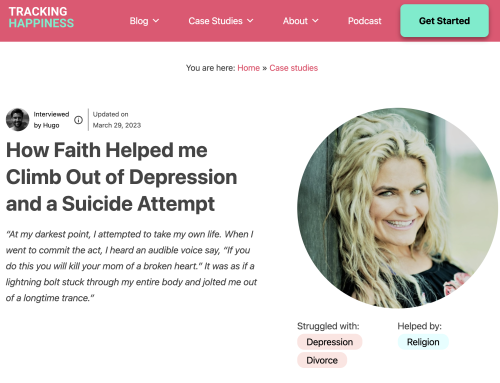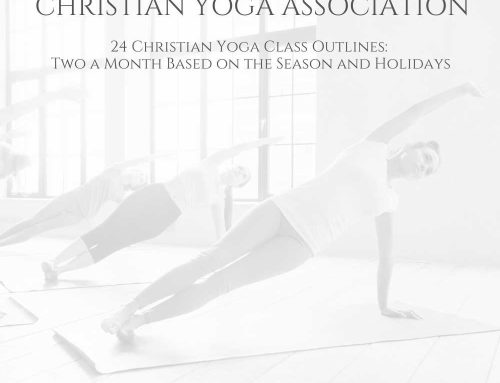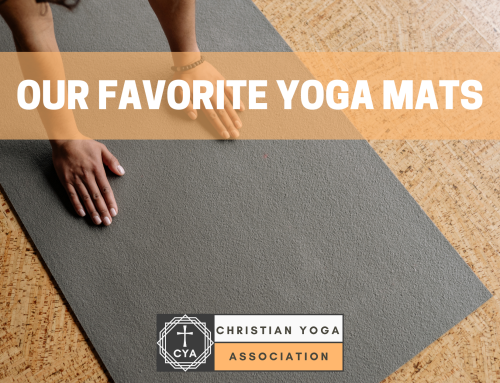Rest and Digest for the Nervous System
Unless you live under a rock these days, your systems are more than likely overwhelmed, especially your nervous system. One expert, Bessel van der Kolk, a personal trainer, defines trauma as, “Anything that overwhelms your systems.” In the confines of this definition, it’s safe to say that we are all walking traumas.
In such a loud, chaotic world, all our systems are being taxed. We are overwhelmed mentally, physically, emotionally, spiritually, and in turn, relationally. As a yoga teacher, I often see shoulders near the ears in what is supposed to be a restful form of savasana. As a trauma and meditation yoga therapist, I see depression, addiction and suicidal thoughts increasing like no other time in history. Many of us want to ‘check out’ from reality and we turn to different types of coping mechanisms like substances or other ‘feel goods’. I fully understand as I have been there myself.
The chronic stress of today’s fast-paced-pressurized society is extremely dangerous internally and externally. These stresses cause diseases and ailments that often cannot be reversed. If we look to the Yamas and Niyamas we can begin to recognize our own internal and external landscapes.
Our nervous system is the internal command center of all external events. It controls our feelings, breathing, responses, thoughts, and movements. It is comprised of our brain, spinal cord and encompasses all our body’s nerves. I like to think of the brain as the command center and the spinal cord as the one-and-only-major-highway to the command center. Along this major highway include street cleaners, patrol officers and first responders (all your nerves) that each carry messages to and from the command center (brain). Once the command center receives and interprets these signals and messages, the body and mind can then take action.

The action depends on the type of message and signal the command center received. If the street cleaners deliver non-threatening information, the mind and body remain calm and rationale. If first responders signal a red flag alert of danger ahead, the systems may respond in fear, sweat or tears. Sometimes after extremely dangerous messages the body may either run from this danger or freeze because of confusing signals – the body doesn’t know how to respond. In this case the heart rate increases, pupils dilate, the mouth becomes dry and perhaps a host of other stress reactions.
Other times there are patrol officers that only have intentions of safety and protection. These officers deliver a message of safety to the command center and the body then responds by relaxing.
Your body is made to survive. All these citizens have a specific task force, to help you survive at all means necessary. These fight-flight-freeze or relax responses are designed to protect you. We hear a lot about the ‘fight-flight-freeze’. However, we rarely hear about ‘rest and digest’.
Imagine you have just eaten your favorite meal. You are not too full and no longer hungry; you are perfectly satiated. Now imagine lying down in the most comfortable recliner – put your feet up, rest your head, feel your arms supported – someone is draping your favorite blanket over you.
How do you feel? Simply reading and imagining has you feeling more restful, right?
All the safety officers on your highway are telling you, “It’s safe here, rest awhile. Shut your systems down so they will operate better.”
Can you sense them helping you to the recliner?
“Wow, you have really been burning the candle at both ends. Your wires are beginning to fray…I’m just going to help you recline here otherwise I’m afraid you are going to fall apart – I can’t believe you’ve lasted this long!”
This is how we are all functioning. We are attempting to survive, and our systems are doing all they know how to do. We are pushing them to the brink of disaster and disease and its likely your nerve endings are [actually] frayed.
Instead of something seriously going wrong, you must allow your system to Rest and Digest. Let someone help you into that recliner more often. Listen to your body before the alarms go off.
The best way to achieve Rest and Digest is to implement Restorative Yoga as well as calming breathing techniques. The combination of the two will drastically change your internal and external landscapes.
Rest And Digest with These Restorative Yoga Poses
Restorative yoga is rest and digest for your all your systems, specifically the nervous system. Most Restorative forms are supine, allowing for very restful postures. Keep in mind that Yin and Restorative may look alike, however, they are very different styles with contrasting intentions. Yin works the deep connective tissue because the forms create tension that are held for longer periods of time. In restorative yoga, though there are some more active forms, the muscles are at ease; there is no tension created. A cue I used often is, “Melt like butter in the sun.
With restorative yoga, the more props the merrier. Try my top 3 favorite restorative forms to bring rest to your nervous system. I invite you to implement your favorite relaxing pranayama techniques as you practice them.
Legs up the Wall with a Pillow
- Use a pillow that has a pillowcase for this form. The pillow acts as a cushion to the back of the legs while the pillowcase embraces the legs so that you can completely relax and let go. In addition, the case provides warmth to the body.
- A pillow for the head, or any other cushion that may support your cervical spine, specifically C7 and T1 vertebrae, where the neck (cervical spine) connects with the upper back (thoracic spine).
- As shown, I also have foam blocks under each arm. You can also place each arm in 2 other pillows for support and warmth. I prefer foam blocks to rigid cork blocks when doing Restorative yoga.

Modified Reclining Bound Angle
- As shown: Recline on a bolster or similar cushion for support.
- Use an ottoman or other similar-height prop to rest the legs.
- I like to cover up completely in all restorative forms, I’ve modified a bit to show the props. When teaching restorative, you want to provide blankets for students to cover themselves for warmth and to feel safe in what could feel very vulnerable in these opening forms.

Modification 2, Reclining Bound Angle
- For stability, place (2) cork blocks under a bolster to recline at an angle that feels best to you.
- Place foam blocks under each mid-thigh and a strap around the ankles to keep the soles of the feet together.
- Pillows for support and warmth for each arm.
- Practice in a completely quiet room set aside solely for your practice, no music our external noise is needed.
- Once you settle into the form, cover yourself completely.
- Allow all systems to rest.

Remember your safety patrol officers, “It’s safe here, rest awhile. Shut your systems down so they operate better.”
Originally posted on BeYogi, see here
About The Author
See MichelleThielen.com for more information and scheduling or checkout Yogafaith.org for training & resources.







Leave A Comment